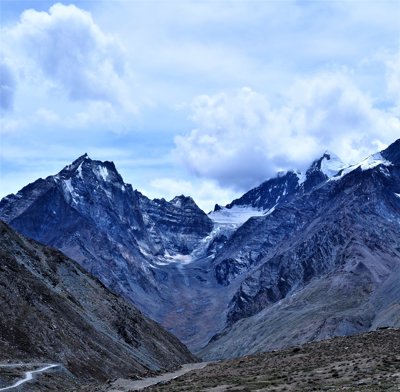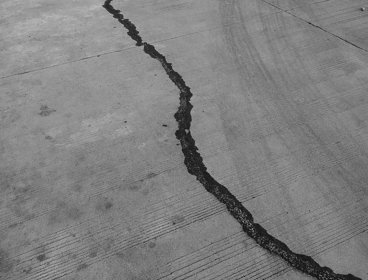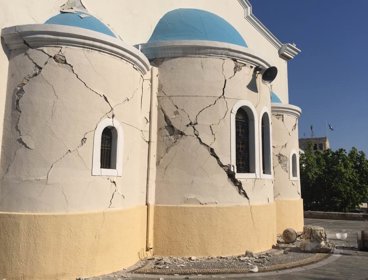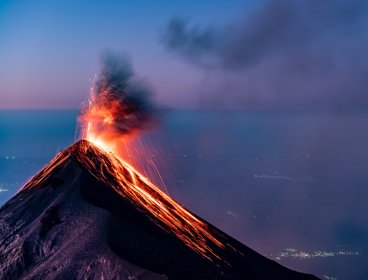Dr Rebecca Bell is Lecturer in the Faculty of Engineering, Department of Earth Science & Engineering at Imperial College, London. In this podcast Dr Bell discusses her research into subduction zones, and slow slip earthquakes.
Learning activities
Listen to the podcast and make notes on the following questions:
-
What are oceanic plates?
-
What is recurrence interval?
-
What are the things that affect the stress in fault lines?
-
What is a slow slip event?
-
Why are these difficult to study?
Watch this National Geographic report on the 2011 Tsunami that took place in Japan. Explain how did it occur?
Study these news articles related to the event. It has been seven years since the event. How has Japan prepared for future earthquakes and tsunamis?
The school beneath the wave: the unimaginable tragedy of Japan’s tsunami (The Guardian, 2017)
After the tsunami: Japan's sea walls – in pictures (The Guardian, 2018)
The great wave: debris from the Japanese tsunami – in pictures (The Guardian, 2017)
How scientists are helping Japan rebuild after the devastating 2011 tsunami (The Conversation, 2016)
In this podcast, the historic Gisborne, New Zealand earthquake and tsunami in 1947 is discussed. As a group debate, debate the importance of documenting human experience of earthquakes – what can we learn about living with hazards?
You work for a local authority in New Zealand. It’s your task to educate the community on Tsunami preparedness – providing information on how they happen, how to record their experience, and how to be prepared. Use these links below to help
New real-time tsunami early warning system calculates size and distance using underwater sound waves (The Conversation, 2018)
Explainer: how to prepare for a tsunami (The Conversation, 2018)
Explainer: after an earthquake, how does a tsunami happen? (The Conversation, 2017)
Featured image: Nomad Bikers @nomadbikers / Unsplash
Key Words
Convergence boundaries
This forms when two crustal plates collide
Tectonic plate
The large, broken up, pieces of the Earth’s crust and upper part of the mantle
Subduction zones
This is formed when convergent boundaries collide, with one plate descending beneath the other
Fault lines
A facture that occurs when tectonic plates move or shift – this is where earthquakes are likely to occur
Slow slip event
Slow creep in faults that occur over weeks, or months rather than seconds
Tsunami
A tsunami is a series of waves caused by earthquakes or undersea volcanic eruptions
Seismic reflection imagining
Using seismology to estimate the properties of the Earth’s subsurface from reflected seismic waves



